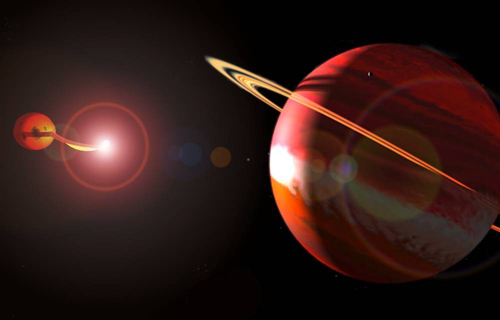Digging for Gold in Chandra's Archives
Submitted by chandra on Mon, 2011-10-03 13:05October is American Archives Month—a time to celebrate the importance of archives across the country. In honor of Archives Month, we're participating in a pan-Smithsonian blogathon. Throughout October we, and other blogs from across the Smithsonian, will be blogging about Chandra's rich archive of astronomical data, issues, and behind-the-scenes projects.
----------------------------------------------------------------------------------------------------------------------------------------------------------
Summer at the Smithsonian Astrophysical Observatory in Cambridge, MA, is a perfect time for picking up projects that have been sitting on the back burner for a while. As activities slow down a bit, it's great to dig deeper into the Chandra data archive looking for a hidden gem; and when sifting through over 8 terabytes of data comprising more than 10,000 observations from one of NASA's "Great Observatories," you're bound to unearth more than a few.




